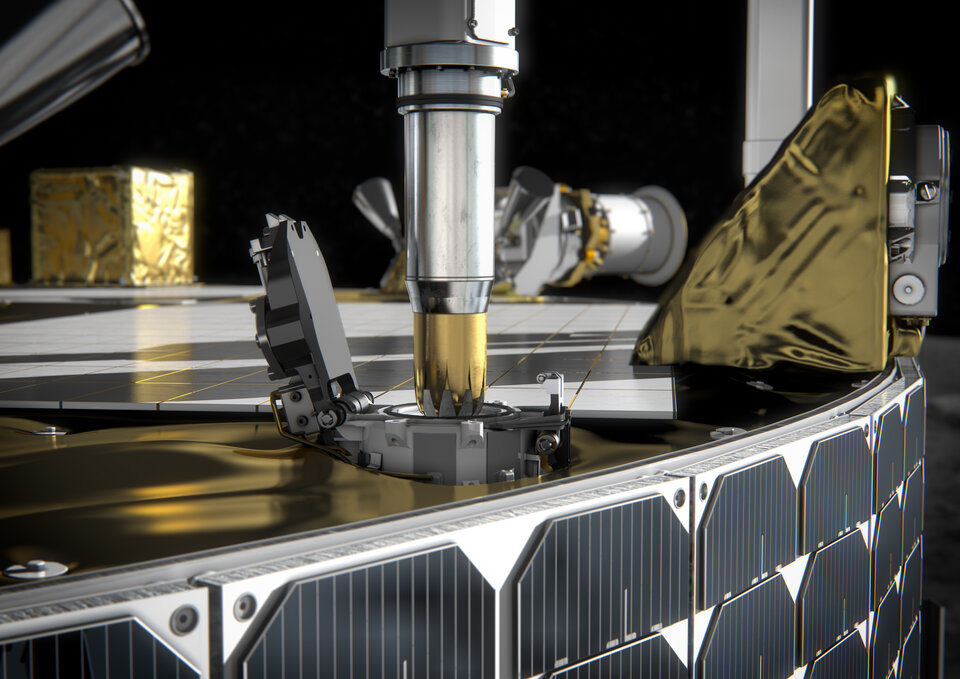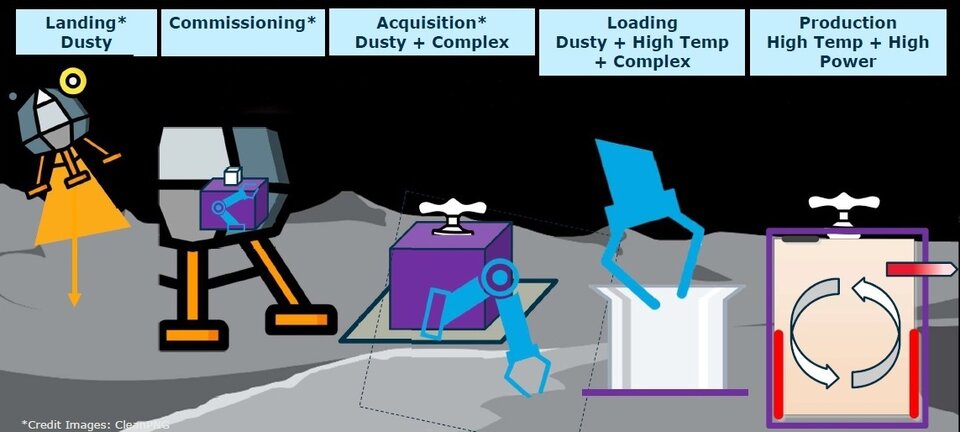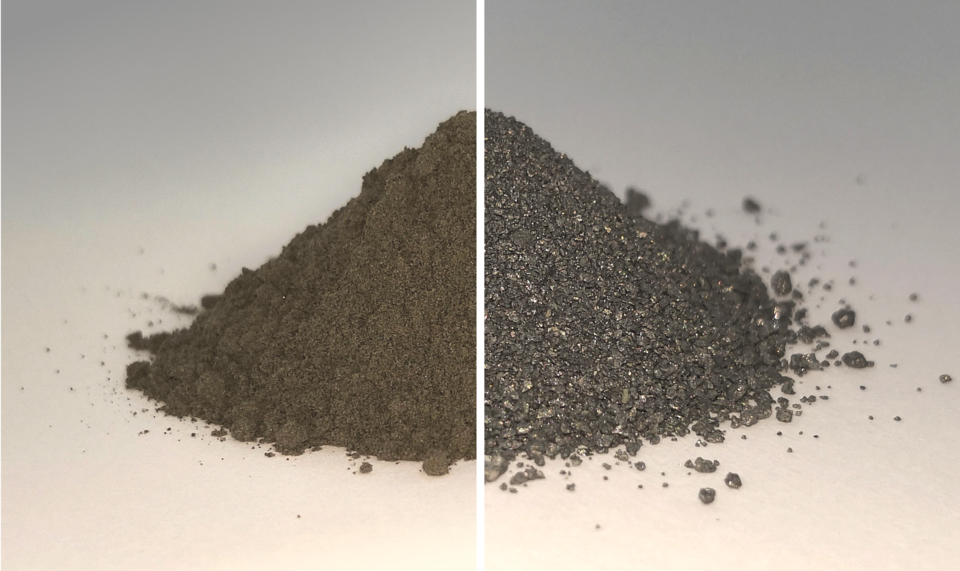Global S&T Development Trend Analysis Platform of Resources and Environment
| Team chosen to make first oxygen on the Moon | |
| admin | |
| 2022-03-09 | |
| 发布年 | 2022 |
| 语种 | 英语 |
| 国家 | 欧洲 |
| 领域 | 地球科学 |
| 正文(英文) | Following a competition, ESA has selected the industrial team that will design and build the first experimental payload to extract oxygen from the surface of the Moon. The winning consortium, led by Thales Alenia Space in the UK, has been tasked with producing a small piece of equipment that will evaluate the prospect of building larger lunar plants to extract propellant for spacecraft and breathable air for astronauts – as well as metallic raw materials for equipment. 
The compact payload will need to extract 50-100 grams of oxygen from lunar regolith – targeting 70% extraction of all available oxygen within the sample – while delivering precision measurements of performance and gas concentations. And it will have to do all this in a hurry, within a 10 day period – running on the solar power available within a single fortnight-long lunar day, before the coming of the pitch-black, freezing lunar night. 
ESA’s Directorate of Human and Robotic Exploration selected the Thales-led team made up of AVS, Metalysis, Open University and Redwire Space Europe following a detailed study last year, evaluating three rival designs. The process followed a new approach to selecting system concepts. “Employing a challenge approach let us evaluate the competing payload concepts on a precise, side-by-side basis,” comments David Binns, Systems Engineer from ESA’s state-of-the-art Concurrent Design Facility (CDF). “Now we’re looking forward to working with the winning consortium to make their design a practical reality. 
“The payload needs to be compact, low power and able to fly on a range of potential lunar landers, including ESA’s own European Large Logistics Lander, EL3. Being able to extract oxygen from moonrock, along with useable metals, will be a game changer for lunar exploration, allowing the international explorers set to return to the Moon to ‘live off the land’ without being dependent on long and expensive terrestrial supply lines.” Giorgio Magistrati, Studies and Technologies Team Leader at ESA's ExPeRT (Exploration Preparation, Research and Technology) initiative adds: “The time is right to begin work on realising this In-Situ Resource Utilisation demonstrator, the first step in our larger ISRU implementation strategy. Once the technology is proven using this initial payload, our approach will culminate in a full-scale ISRU plant in place on the Moon in the early part of the following decade.” 
The underlying concept has already been proven. Samples returned from the lunar surface confirm that lunar regolith is made up of 40–45% percent oxygen by weight, its single most abundant element. The difficulty is that this oxygen is bound up chemically as oxides in the form of minerals or glass, so is unavailable for immediate use. However a prototype oxygen plant has been set up in ESTEC’s Materials and Electrical Components Laboratory. This plant employs an electrolysis-based process to separate simulated lunar regolith into metals and oxygen, key basic resources for long-term sustainable space missions. |
| URL | 查看原文 |
| 来源平台 | European Space Agency |
| 文献类型 | 新闻 |
| 条目标识符 | http://119.78.100.173/C666/handle/2XK7JSWQ/347248 |
| 专题 | 地球科学 |
| 推荐引用方式 GB/T 7714 | admin. Team chosen to make first oxygen on the Moon. 2022. |
| 条目包含的文件 | 条目无相关文件。 | |||||
| 个性服务 |
| 推荐该条目 |
| 保存到收藏夹 |
| 查看访问统计 |
| 导出为Endnote文件 |
| 谷歌学术 |
| 谷歌学术中相似的文章 |
| [admin]的文章 |
| 百度学术 |
| 百度学术中相似的文章 |
| [admin]的文章 |
| 必应学术 |
| 必应学术中相似的文章 |
| [admin]的文章 |
| 相关权益政策 |
| 暂无数据 |
| 收藏/分享 |
除非特别说明,本系统中所有内容都受版权保护,并保留所有权利。
修改评论